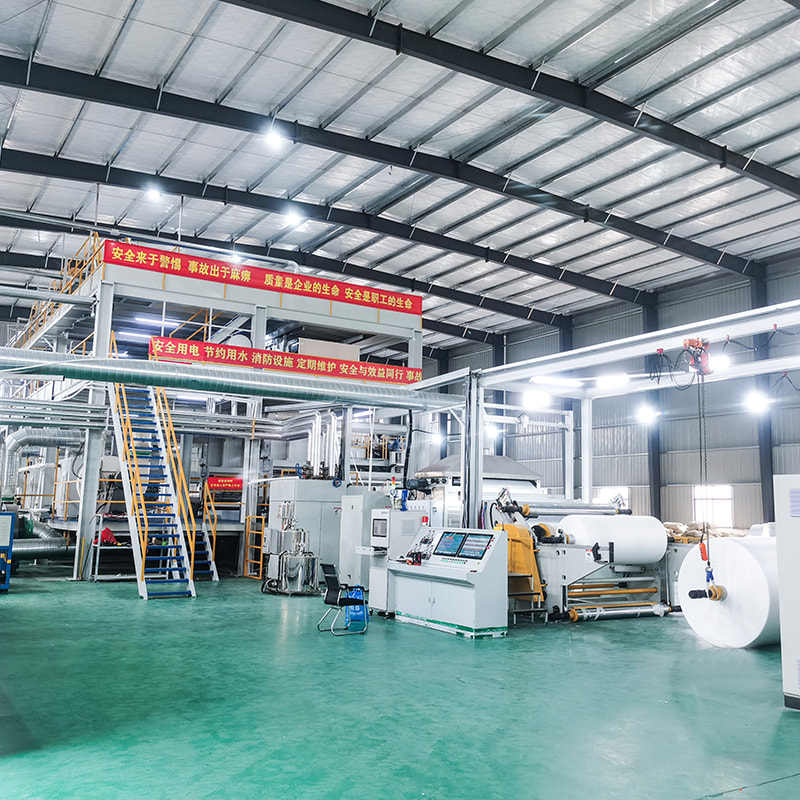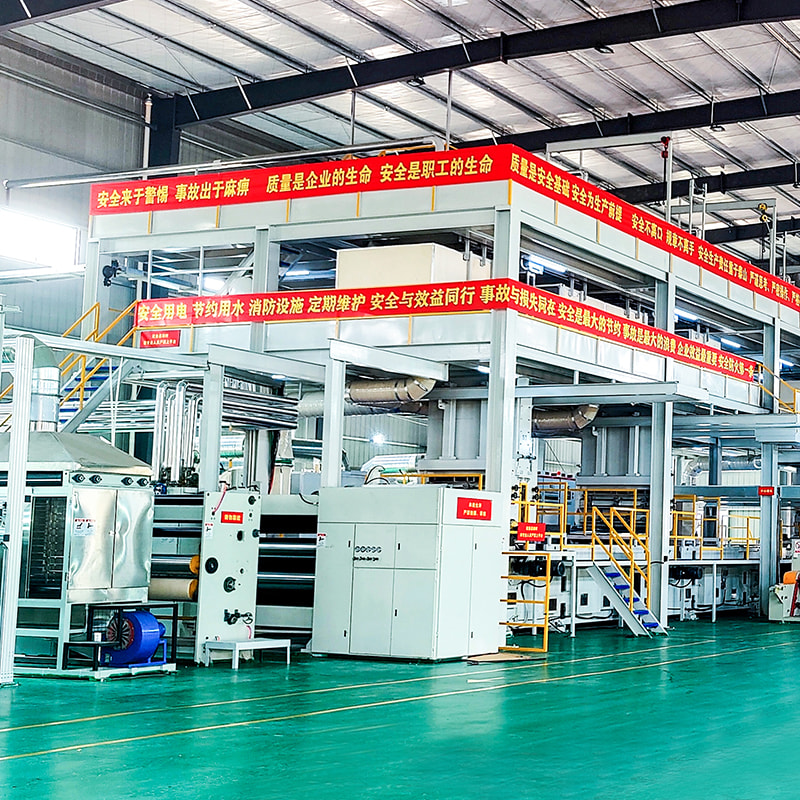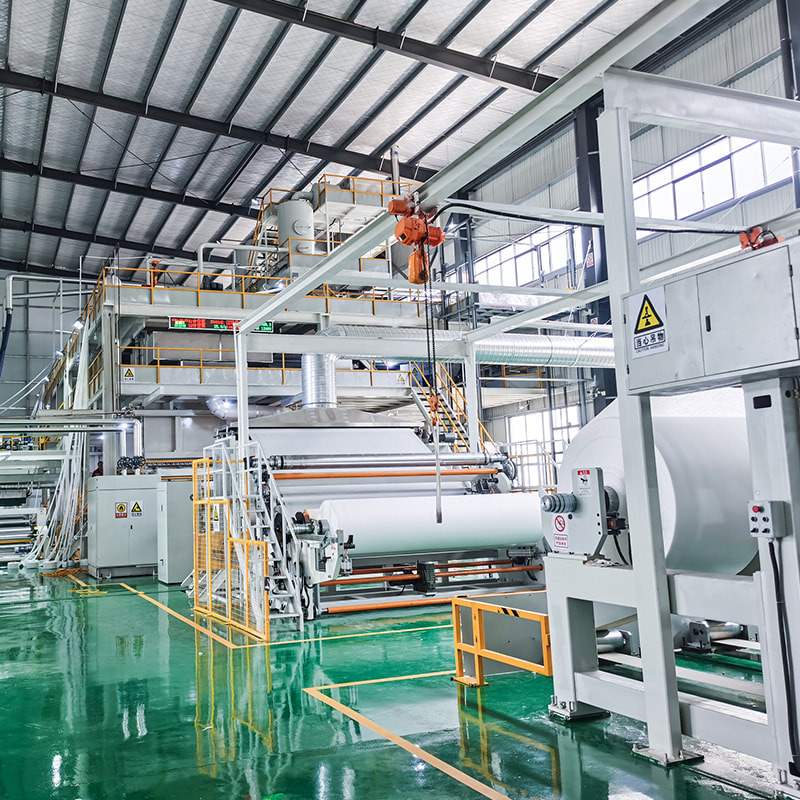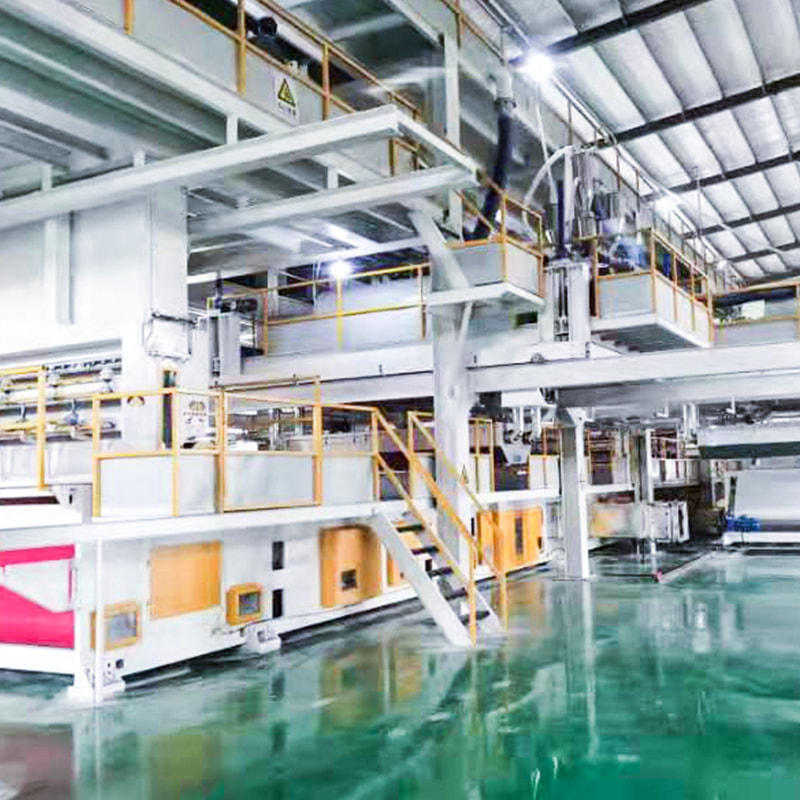Spunbond Nonwoven Machine: Advanced Technology for High-Quality Nonwoven Fabrics
The Spunbond Nonwoven Machine is at the forefront of modern textile manufacturing, offering an efficient, high-quality, and cost-effective solution for producing nonwoven fabrics. These machines are widely used in industries ranging from hygiene and medical to agriculture and construction. Understanding the technology, process, and applications of spunbond machines is essential for businesses aiming to enhance productivity and quality.
What is a Spunbond Nonwoven Machine?
A Spunbond Nonwoven Machine is a sophisticated piece of equipment designed to convert polymer granules, most commonly polypropylene (PP), into durable nonwoven fabrics. Unlike traditional woven or knitted textiles, nonwoven fabrics are made directly from fibers bonded through mechanical, thermal, or chemical processes. The spunbond method specifically utilizes melt extrusion, where molten polymer is spun into continuous filaments, stretched, and laid into a web, which is then bonded to form a fabric.
Key Features and Components
Modern spunbond nonwoven machines are engineered for precision and efficiency. Some critical components include:
Extruder – Melts and homogenizes polymer granules.
Spinneret – Extrudes molten polymer into fine filaments.
Drawing Unit – Stretches filaments to increase strength and uniformity.
Web Forming Section – Lays filaments randomly to form a uniform web.
Bonding Unit – Uses heat or calendering to bond fibers into fabric.
Winding System – Rolls the finished nonwoven fabric for storage and transportation.
Advanced machines may also include automation features, quality control sensors, and temperature/airflow monitoring systems to ensure consistent fabric quality.
Advantages of Spunbond Nonwoven Fabric
The spunbond process creates fabrics with unique properties that make them highly versatile:
Durability and Strength: Continuous filaments provide excellent tensile strength.
Lightweight and Breathable: Ideal for medical masks, surgical gowns, and hygiene products.
Eco-Friendly Options: Many machines support recyclable or biodegradable polymers.
Water Resistance and Filtration Capabilities: Used in protective clothing, industrial filters, and geotextiles.
Applications Across Industries
Spunbond nonwoven fabrics have found a wide array of applications due to their versatility:
Medical and Hygiene: Surgical masks, gowns, diapers, sanitary pads, and wipes.
Agriculture: Crop covers, seed blankets, and soil protection mats.
Construction: Roofing membranes, insulation materials, and geotextiles.
Consumer Goods: Shopping bags, furniture upholstery, and packaging.
Choosing the Right Spunbond Nonwoven Machine
When selecting a spunbond nonwoven machine, consider factors such as:
Production capacity (measured in meters per minute or kilograms per hour)
Fabric width and thickness capabilities
Type of polymer compatibility
Automation and control systems
Energy efficiency and operational costs
Investing in a high-quality machine ensures consistent fabric properties, reduced downtime, and scalability to meet growing market demands.
Future Trends in Spunbond Nonwoven Technology
The nonwoven industry is evolving rapidly, with a focus on:
Sustainable Materials: Increasing use of biodegradable polymers like PLA.
Smart Fabrics: Integration of antimicrobial and functional coatings.
Automation and AI Integration: Smart sensors and real-time quality monitoring.
Energy Efficiency: Reducing the carbon footprint of large-scale production.
As industries continue to demand innovative, high-performance fabrics, spunbond nonwoven machines will remain a critical technology in meeting those needs.





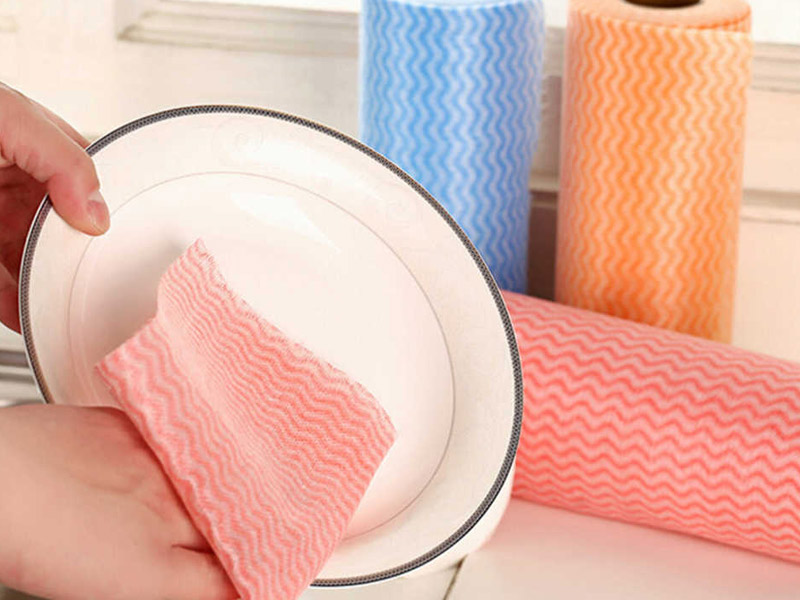
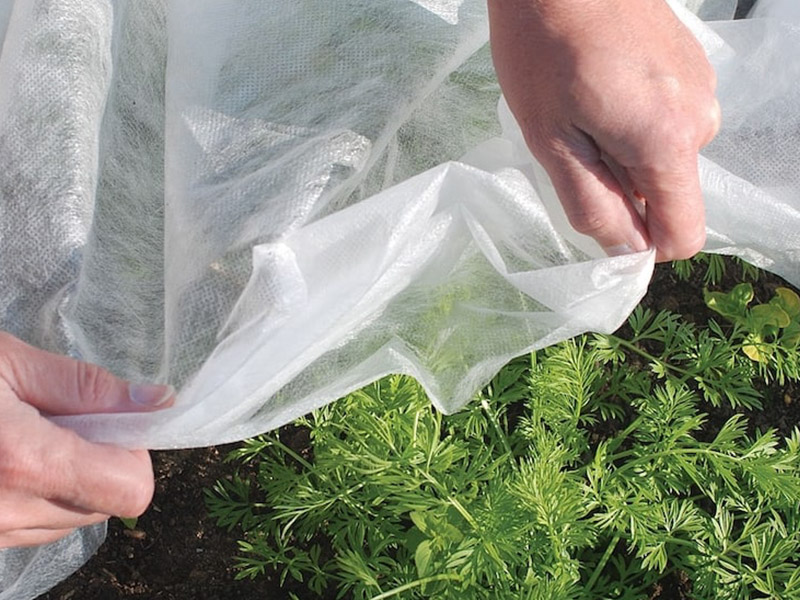
 English
English 中文简体
中文简体 русский
русский عربى
عربى